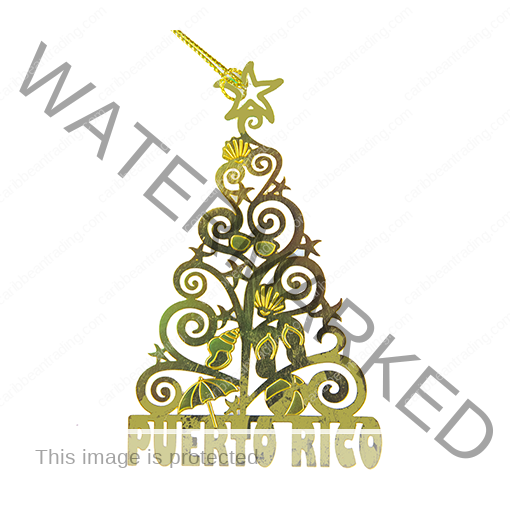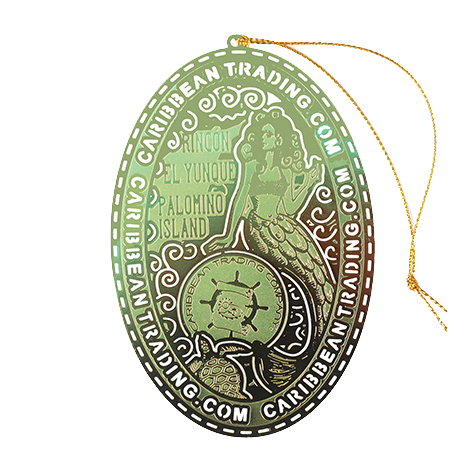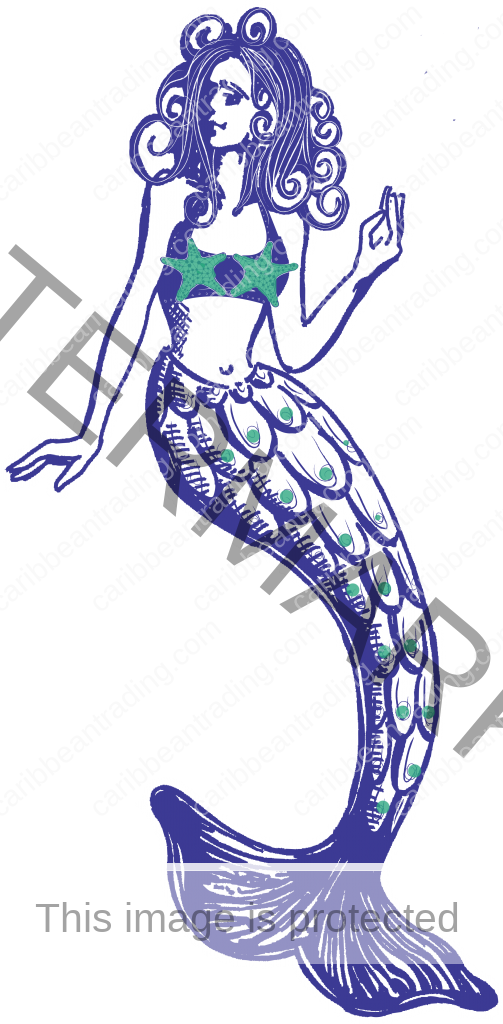Culture, Puerto Rico
The Flamboyan Tree: A Puerto Rico Icon
The Flamboyan Tree is a theme you will see throughout Puerto Rican art and is celebrated as a major iconic image of Puerto Rico. You will see images of the flamboyant in much of the local art and souvenirs when in Puerto Rico.
The Flamboyant flower is actually spelled Flamboyant, and is also known as Royal Poinciana, Flame Tree, Peacock Flower, and Gulmohar.
It produces large, fiery red or golden blooms that bloom from spring through summer. This fast-growing, deciduous tree develops fern like foliage and takes on a natural umbrella shape. Its tolerance to poor soils and hard pruning make it an excellent selection for the drier areas of Puerto Rico, and even for bonsai!
Flamboyants were planted by the roadsides to shade people riding the roads on horseback. Originally from India, they thrive in dry climates and are most flamboyant on the south coast but still thrive in the wet forest.
A road trip through the island in June and July to view the blooming Puerto Rican trees makes for a very scenic drive. Any Flamboyan road trip should include a full trip around the island and should include a trip to the town of Peñuelas, Puerto Rico, located about 12 miles west of Ponce, is nicknamed “El Valle de los Flamboyanes” (“The Valley of the Poinciana Trees”), as many Flamboyant trees are found along the surrounding Río Guyanes, Río Macana, and Río Tallaboa Rivers. Also a drive along the north coast on Route 2 is lovely too.
Throughout Puerto Rico you can find personalized souvenirs inspired by the flame tree, such as badges and custom pens. They are not only a tribute to the visual arts, but also a heartfelt homage to Puerto Rico’s deep cultural heritage.
The Flamboyant Tree in Puerto Rican Folklore
Beyond its visual beauty, the Flamboyán holds a meaningful place in Puerto Rican folklore. It’s often seen as a symbol of resilience, life, and the island’s unbreakable spirit. Elders tell stories of gathering under its shade for important conversations, while some folk tales even claim that lovers would meet secretly beneath its fiery canopy. The tree’s presence in poems and songs adds to its mystique, embodying emotions of pride, nostalgia, and home.
The Science Behind Its Vibrant Blooms
Scientifically known as Delonix regia, the tree’s bright red or orange flowers are the result of pigments called anthocyanins and carotenoids, which become more pronounced in warmer, sunny climates. The blooming typically peaks between May and July, when long, sun-soaked days encourage the most vivid displays. Its unique umbrella shape is not just beautiful — it’s also functional, offering wide, cool shade in the island’s tropical heat.
Famous Places to See Flamboyant Trees
In addition to Peñuelas and Route 2, several other locations in Puerto Rico are famous for their Flamboyán-lined streets and parks. The town of Ponce, often called the “Pearl of the South,” boasts numerous Flamboyant trees in its plazas and residential neighborhoods. Guayama and Santa Isabel also feature tree-lined roads that burst into brilliant color in the summer months. In San Juan, areas like Parque Luis Muñoz Rivera and Old San Juan’s waterfront parks showcase these beautiful trees against historic backdrops.
Flamboyant Trees in Caribbean Art and Music
The Flamboyán has inspired countless Caribbean painters, sculptors, and musicians. It often appears in vivid landscape paintings that capture rural Puerto Rican life, where the tree stands out as a splash of color amid the greens and browns of the countryside. In traditional music, it’s sometimes referenced as a metaphor for beauty and longing, featuring in folk songs and boleros that evoke island nostalgia. Several Puerto Rican artists, both past and present, have included the Flamboyán in their work to represent love for their homeland.
Festivals and Events Celebrating the Flamboyant Tree
While there’s no national holiday specifically for the Flamboyant, several towns unofficially celebrate its blooming season. In Peñuelas, small community gatherings often take place during peak bloom, complete with music, food, and outdoor games under the trees. Art fairs and local markets sometimes feature Flamboyant-themed crafts and paintings in the summer, and the tree itself becomes a social gathering spot for locals looking to enjoy nature’s show.
The Flamboyant Trees Importance to the Environment
Aside from its beauty, the Flamboyán plays a role in supporting local wildlife. Its flowers attract hummingbirds, bees, and butterflies, while its sprawling branches offer shelter to many bird species. Its leaves, which resemble delicate ferns, fall during the dry season, helping to enrich the soil with organic matter. The tree’s fast growth makes it an ideal species for reforestation projects in dry or degraded areas, where it can quickly provide shade and improve soil conditions.
The Flamboyant Tree isn’t just a part of Puerto Rico’s natural scenery — it’s a living symbol of its people’s history, creativity, and resilience. Whether standing along ancient roads once traveled by horseback riders or featured in a local artist’s canvas, the Flamboyán connects the island’s past with its present. Its seasonal blooms remind Puerto Ricans of the beauty of their land and the traditions that endure beneath its bright red canopy.
You can read more about it on Uncommon Caribbean’s Blog.
Also, it is a cultural icon of Puerto Rico and represented in many local artists’ work, of which you can see a variety in our El Yunque or Rincon stores.







